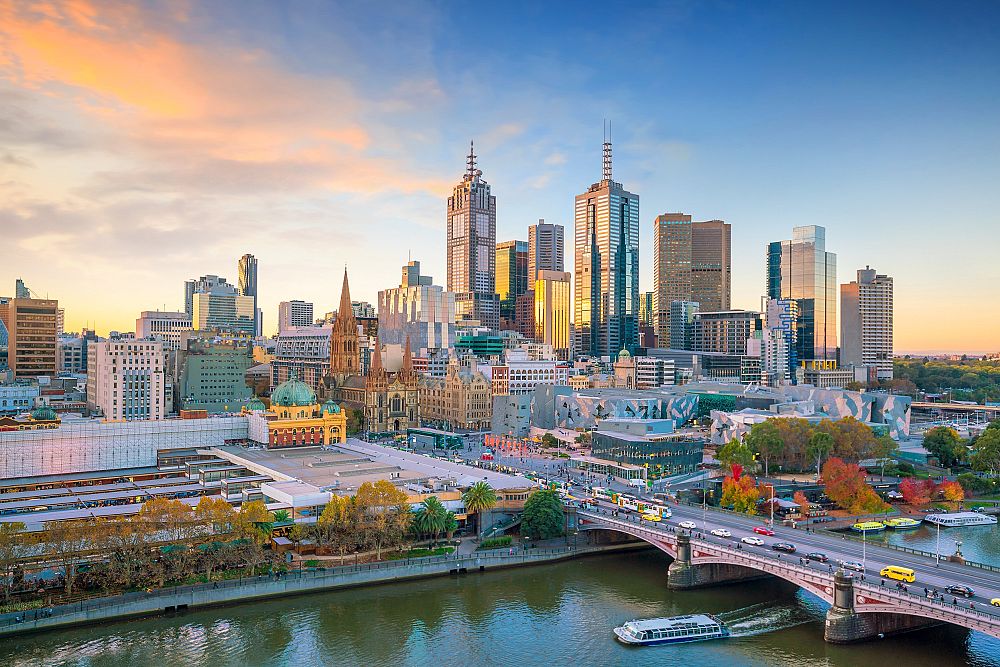Victoria’s Economic Growth Leads Nation, as NSW Falls to Last Place

Victoria’s economic growth leads nation, as NSW falls to last place
The latest figures on the economic performance of Australia’s states and territories shows Victoria leading the nation and New South Wales falling to last place.
The annual gross state product accounts from the Australian Bureau of Statistics record the equivalent of gross domestic product (the total value of goods and services bought and sold).
In the 2021-22 financial year Australia’s real gross domestic product – that is, adjusted for inflation – grew by 3.6%.
Victoria’s real gross state product grew by 5.6%, followed by South Australia (5.1%), Northern Territory (4.7%), Queensland (4.4%), Tasmania (4.3%), Western Australia (3.1%), the Australian Capital Territory (1.9%) and New South Wales (1.8%).
This isn’t as impressive for Victoria as it might seem.
Victoria’s GSP contracted in the previous year due to the state’s extensive COVID lockdowns. This left more scope for a rebound in 2021-22. The state’s construction sector in particular had a backlog of projects.
South Australia has benefited from a strong grain harvest. In the Northern Territory, oil and gas extraction were the prime drivers of growth.
In Tasmania, and to a lesser extent Queensland, the major contributor to growth was the rural sector.
Western Australia’s growth was restrained by a fall in iron ore exports. The Australian Bureau of Statistics attributes this to adverse weather – there was record rainfall in the Pilbara – and falling overseas demand.
NSW’s growth was driven by the services sector. Services were also the major driver of growth in the Australian Capital Territory.
Western Australia is still the most affluent
The state accounts allow us to get a sense of the relative affluence of each state and territory.
This can be done by dividing the total real gross state product by the population. Of course, these averages say nothing about how the income from this production is actually distributed within the state. But they are a useful indicator.
Western Australia and Northern Territory top the list, due to their large mining sectors.
The Australian Capital Territory’s high per capita income reflects its highly educated workforce, with an economy dominated by professional services and education.
Longer term structural factors such as the relative decline in manufacturing explain incomes lagging in South Australia.
Tasmanian economist Saul Eslake attributed the lower average income in Tasmania to a smaller proportion of Tasmanians working, tending to work fewer hours and being less productive due to less education.
John Hawkins, Senior Lecturer, Canberra School of Politics, Economics and Society, University of Canberra. This article is republished from The Conversation under a Creative Commons license. Read the original article.
Tags: government nsw growth









